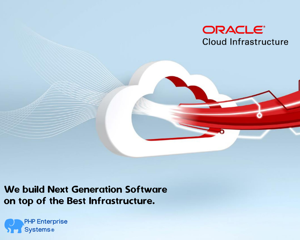Blog
- Details
- Written by R. Elizondo
- Category: Virtualization
Docker has revolutionized the way software is packaged and deployed, providing a lightweight and efficient containerization solution. In Ubuntu 22, Docker can be easily installed, allowing developers to create isolated environments for their applications. By default, Docker requires the use of `sudo` for running commands, but with a few additional steps, it is possible to configure Docker to run without `sudo`. In this article, we will guide you through the process of installing Docker on Ubuntu 22 and setting it up to run without the need for `sudo`.
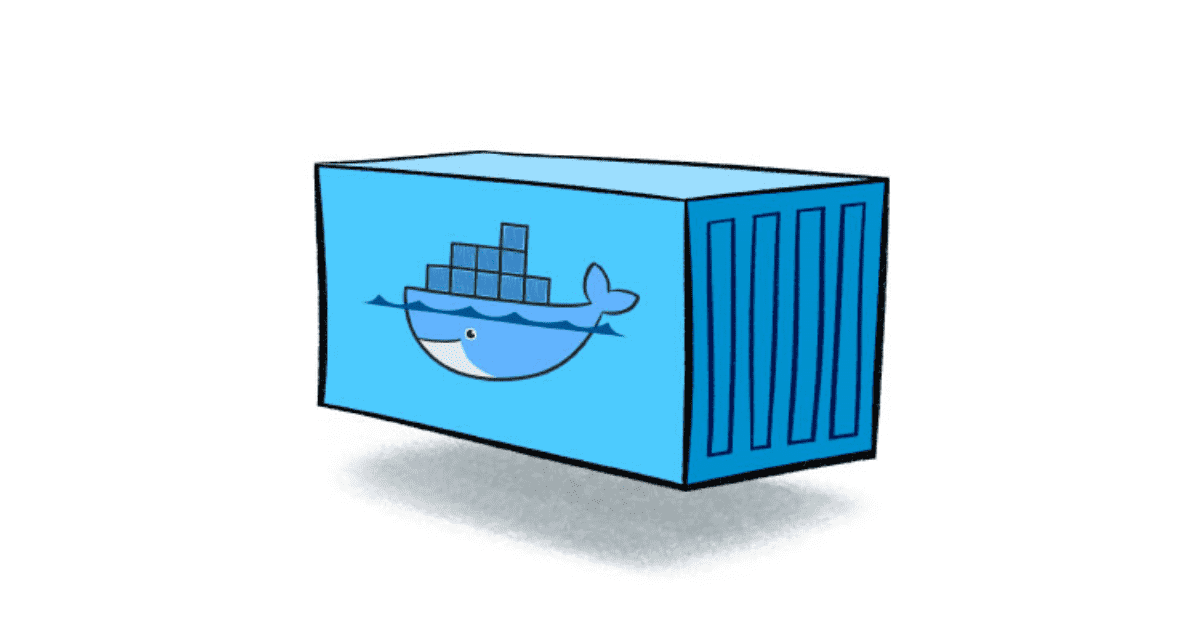
Prerequisites:
Before we begin, ensure that you have the following:
- - A system running Ubuntu 22.
- Administrative privileges on your Ubuntu system.
Installing Docker:
Update System Packages:
Open a terminal and run the following commands to update your system's package list:
sudo apt update -y
sudo apt upgrade -y
Read more: Installing Docker on Ubuntu 22: Streamlining Containerization Without Sudo
- Details
- Written by R. Elizondo
- Category: PHP Software Development
In the world of software development, the choice of architectural design plays a pivotal role in determining the efficiency, scalability, and maintainability of an application. Two popular architectural paradigms that have gained significant traction over the years are microservices and monolithic architectures. While both approaches have their merits, they differ significantly in terms of structure, deployment, scalability, and complexity.
In this article, we will explore the key differences between microservices and monolithic architectures to help software developers gain a comprehensive understanding of their strengths and limitations.
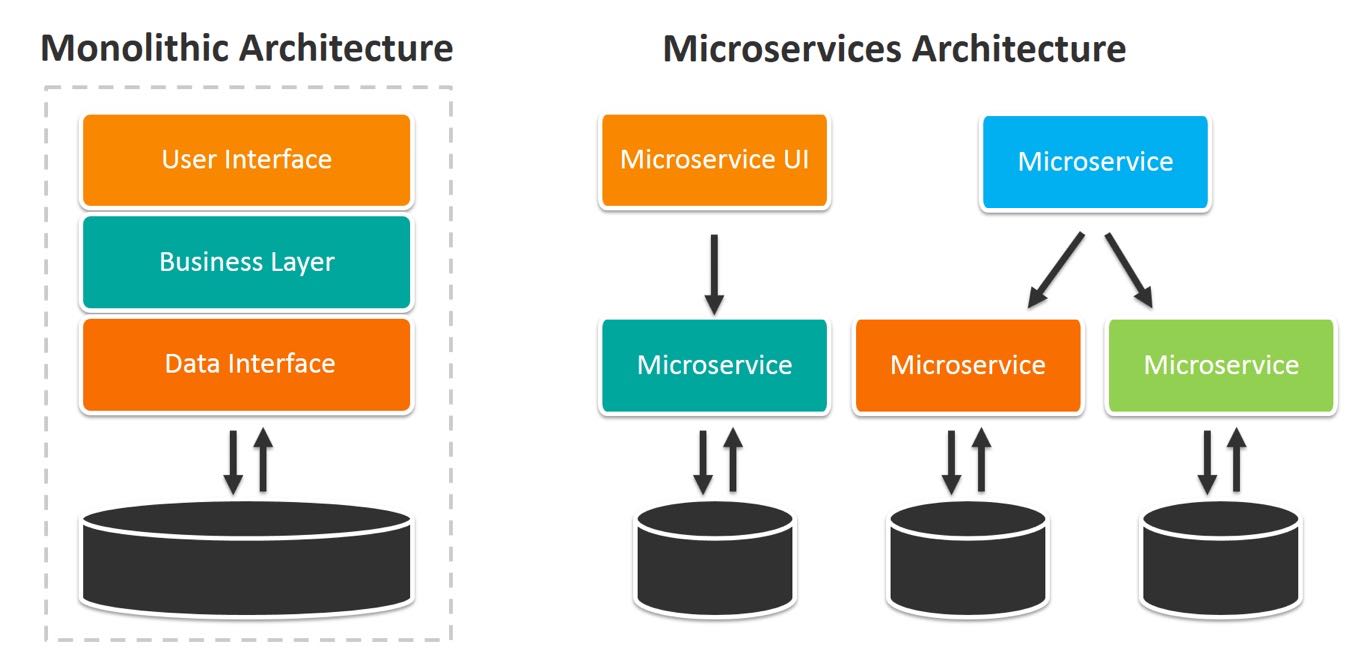
Structure:
- Monolithic Application: Monolithic architecture entails building an application as a single, self-contained unit. All the modules, components, and business logic are tightly integrated within a single codebase. Communication between different parts of the application occurs via function or method calls within the same process.
- Microservices: In contrast, microservices architecture decomposes an application into smaller, loosely coupled services. Each service is responsible for a specific business capability and operates independently. Communication between microservices occurs through lightweight protocols such as HTTP or messaging systems.
Read more: Unraveling the Distinctions: Microservices vs. Monolithic Architectures
- Details
- Written by R. Elizondo
- Category: PHP Software Development
Design patterns are reusable solutions to commonly occurring problems in software development. They provide a structured approach to designing and organizing code, improving maintainability, scalability, and code readability. In PHP programming, several design patterns have gained popularity due to their effectiveness in solving specific architectural challenges. In this article, we will delve into some of the most common design patterns used in PHP programming, discussing their purpose, implementation, and benefits.
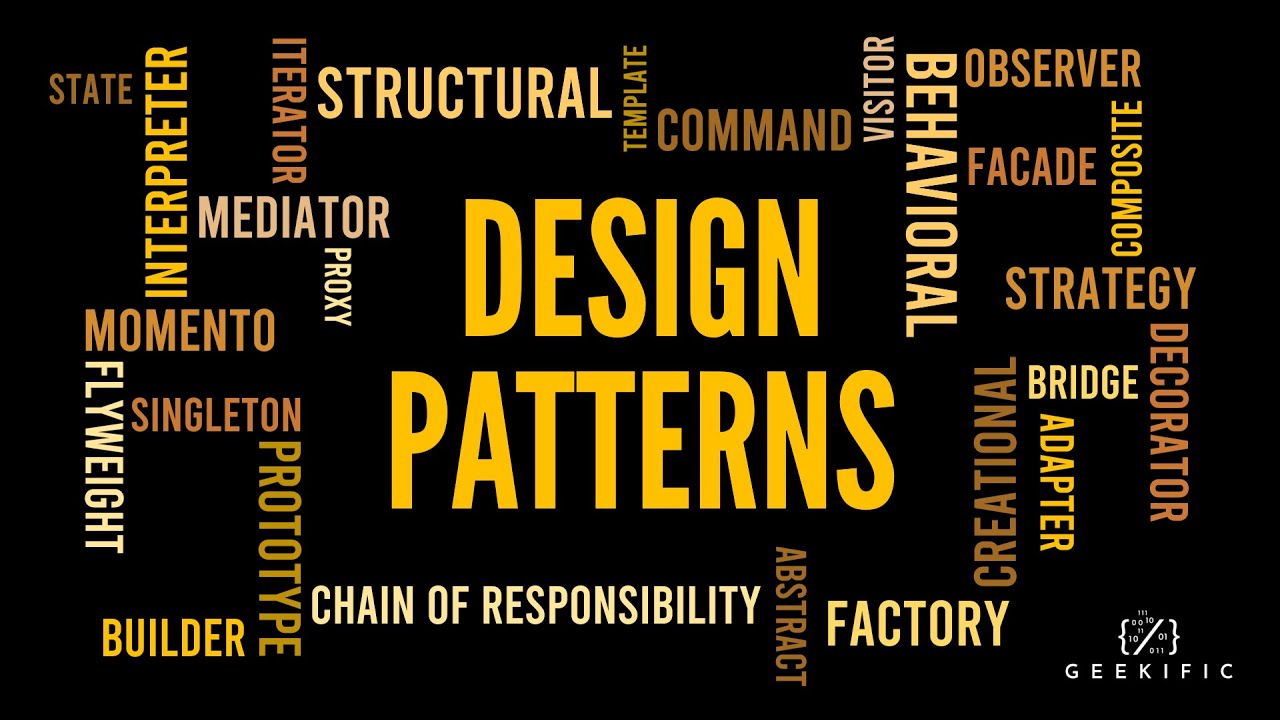
Singleton Pattern:
The Singleton pattern ensures that only one instance of a class is created throughout the application's lifecycle. This pattern is commonly used when a single global point of access is required, such as a database connection or a logger. The Singleton pattern restricts the instantiation of the class to a single object, allowing global access to that object across the application.
Read more: Most Common Design Patterns Used in PHP Programming
- Details
- Written by R. Elizondo
- Category: Cheat Sheets
Linux command-line interface (CLI) provides a powerful environment for managing and interacting with a Linux operating system. For both beginners and experienced users, having a cheat sheet of commonly used console commands can be immensely helpful in navigating and performing various tasks efficiently. This cheat list of commonly used console commands in Linux provides a handy reference for navigating and managing a Linux system effectively. From basic file operations to system management, networking, and text processing, these commands serve as the building blocks for efficient and powerful command-line usage. By familiarizing yourself with these commands, you can streamline your workflow, troubleshoot issues, and gain better control over your Linux environment. Experiment with these commands, explore their options, and discover the vast potential of the Linux command line.
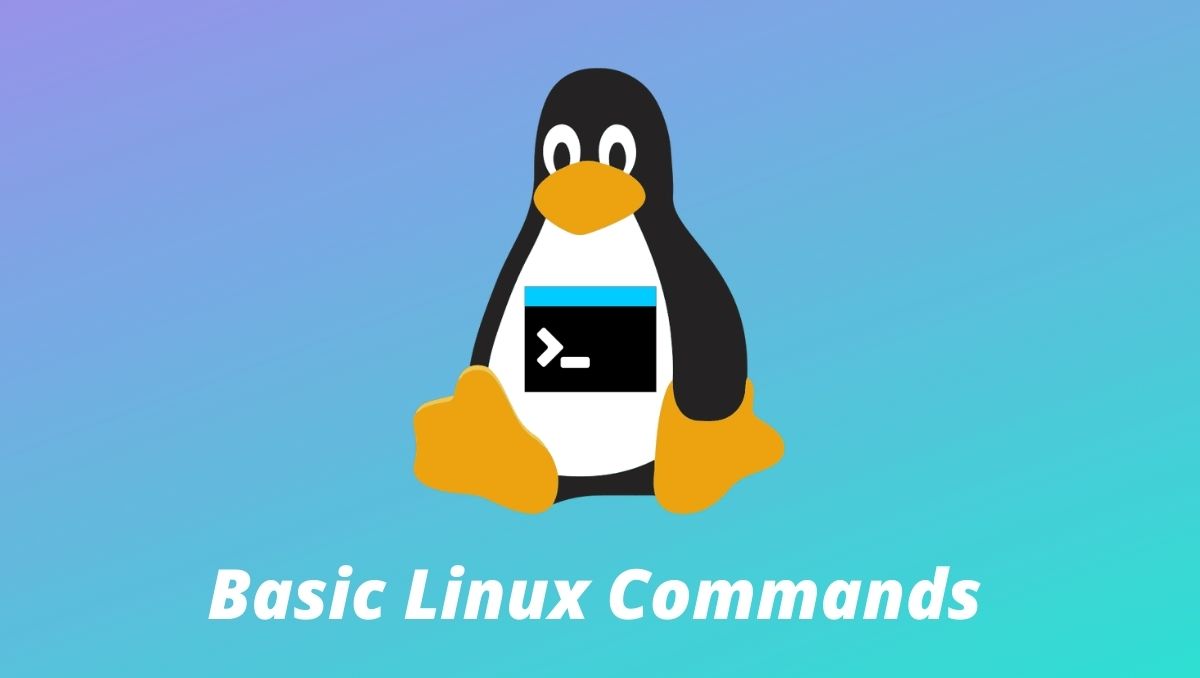
For more help on how to use each command, just type the command and --help to get a short description, flags and parameters accepted.
File Operations:
`ls`: List files and directories in the current directory.
`cd`: Change the current directory.
`pwd`: Print the current working directory.
`mkdir`: Create a new directory.
`cp`: Copy files and directories.
`mv`: Move or rename files and directories.
`rm`: Remove files and directories.
`cat`: Display the contents of a file.
`head`: Display the beginning of a file.
`tail`: Display the end of a file.
`find`: Search for files and directories.
Read more: Cheat List of Commonly Used Console Commands in Linux
Page 17 of 42

